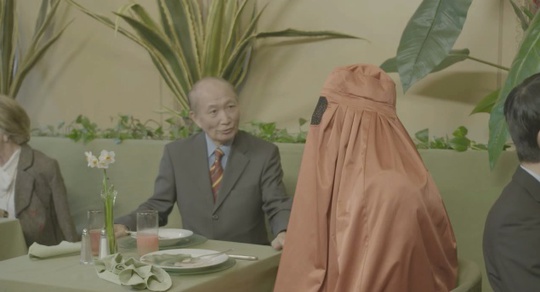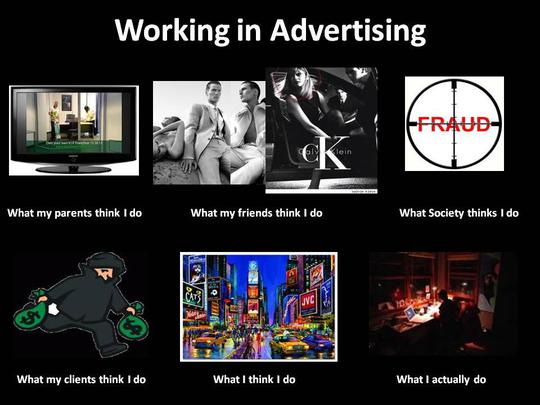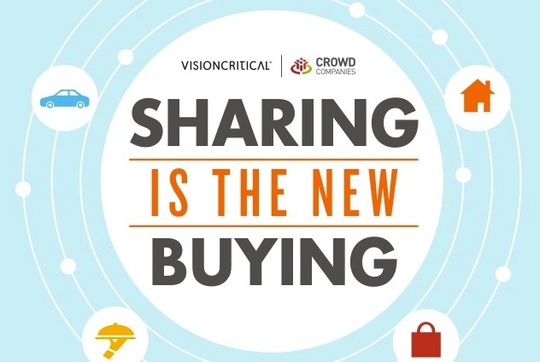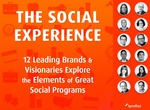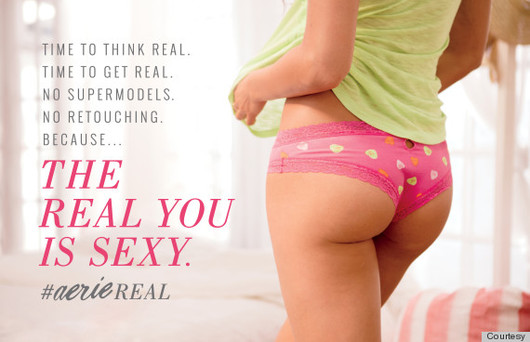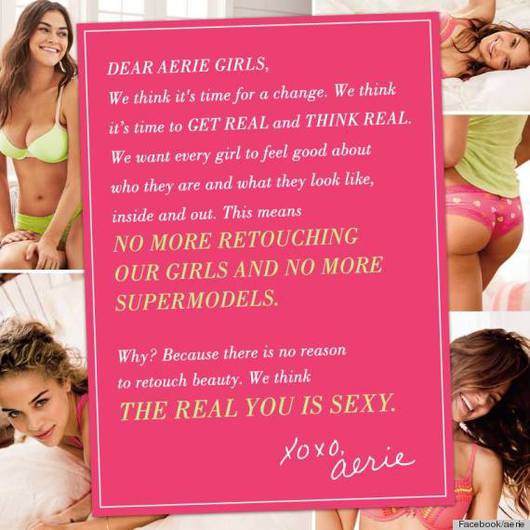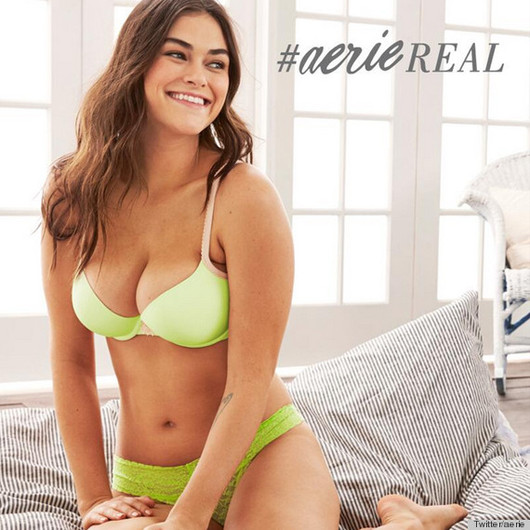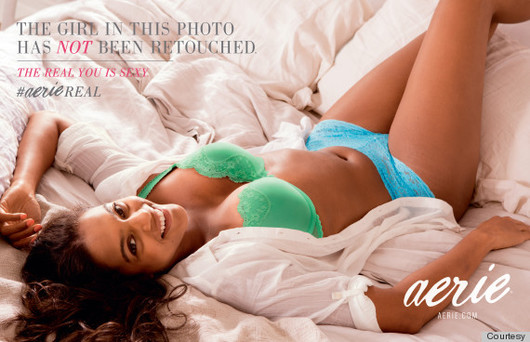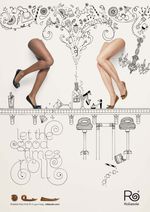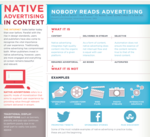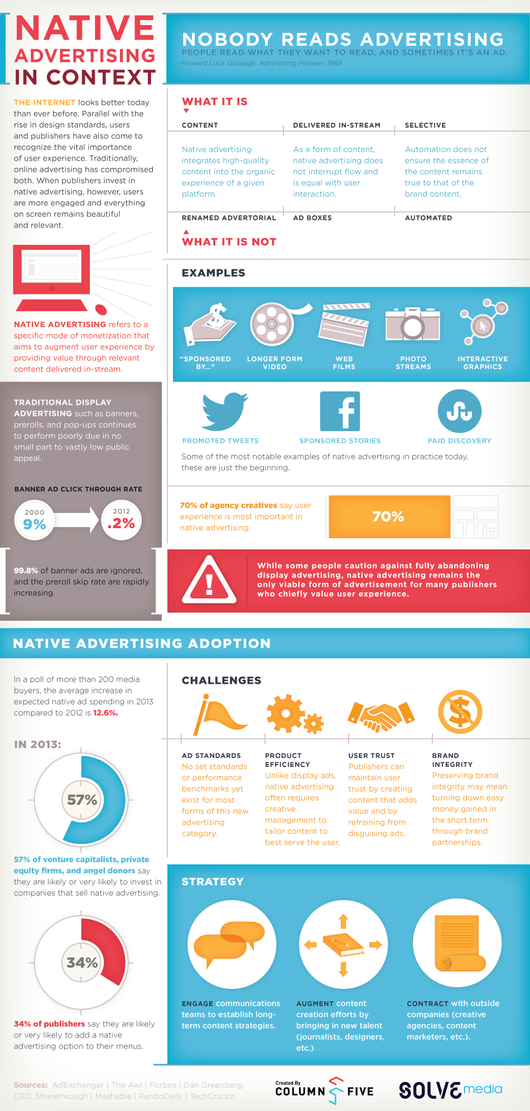Well, the Halloween candy is now on clearance and the plastic turkeys are on display. That can mean only one thing: we’re at the cusp of Holiday Shopping Season! As someone who spends all day, every day thinking about the best way to get the right message to the rightperson at the right time, the holidays keep me up.
Recently we all learned from the IAB that digital ad revenue is significantly up over previous years. Yet, despite the mind-blowing $20.1 billion spent in the first half of 2013 alone, I’m excited about the opportunity to help retailers make sense of all their options and use them in the most effective manner – especially, during the critical holiday shopping period.
Merchants and brands want consumers to visit their sites and complete transactions. That’s not new. What is new is how brands interact with consumers when they come to their site(s) and how retailers continue to interact with them after they leave.
A retailer, for example, could see that a consumer clicked on and researched a light-weight laptop but didn’t purchase it. After this costumer leaves the site, the retailer can expose him or her to ads for that exact product while on other sites, so that the consumer can be brought back to complete the purchase. This is called product re-targeting and is fairly common place.
Similarly, if the customer bought the laptop, then the brand/merchant would have an opportunity to up-sell additional items (laptop bag, multi-purpose charger, extended warranty, etc.) Brands call this up-selling or re-marketing.
Taking things a step further brands can implement what’s called “cognitive remarketing” strategy. This leverages a brand’s outreach to their target audience from prospecting to re-marketing and everything in between. From custom and targeted emails fully embedded with click-trackers (vs. generic multi-product email spam) this technique can help the marketer tailor the message to appeal to the recipient. They can then track the user’s interaction with the email and leverage the info to customize the ad messages with offers and info that appeal to them.
This way, the marketer can engage the customer with relevant advertising as they browse the Internet with the intent of pre-qualifying them before they even land on the retailer’s site. Marketers “learn” from their interaction with the various brand touch points and leverage that to fine tune the advertiser’s messaging.
These techniques have a direct impact on revenue as they prequalify customers before they arrive and eventually drive customers back to a retailer’s site so they can take another run at redeeming the lost transaction. Using technology Brands can maintain mindshare and a dialog! That is powerful. Many studies have iteratively shown that targeted messaging has a measurable lift in user engagement. Because this technique is such an efficient way to advertise, it controls advertising costs and maximizes return on ad spend. Think of it as Search Engine Marketing or mass marketing on steroids!
So, what do brands and sellers need to do to make the most of their big ad tech investments this holiday season? Retailers first need to invest in user data collection and develop an understanding of behaviors that take place before, while and after costumers are on their site. What brought the consumer to their site in the first place? What was the obstacle to completing the purchase? What else did they look at? What device were they on?
At the same time, retailers need to work with a data company that is highly regarded and trustworthy. Brands need to safeguard consumer privacy; consumer privacy is crucial to brand reputation and brand perception. And it’s part of a brand’s contract with a consumer.
Brands and retailers should also limit the number of buying agents (Networks, DSPs, etc.) they use to buy media and distribute their advertising. If you go with too many intermediaries, you will barrage your consumers and irritate them. This is Reach and Frequency management – and a brand can only effectively manage this if they have one or two main buying partners.
During the holiday season, consumer intent is primed to spend a lot of money online. For retailers, it’s a mad dash to be the chosen site. The more targeted and customized the message, the higher its chances of winning the consumer’s attention. Larger retailers recognize the value of understanding user data segments and the value of highly targeted messaging. These retailers have been using that approach in recent years and will continue to do so this holiday season. Less prepared retailers, the ones who do not understand these processes, will miss out on the sales garnered through personalized, highly targeted advertising and a positive user experience created by such an approach.
The shopping frenzy is almost upon us and retailers have a great opportunity to leverage technology to their benefit like never before! With that in mind, I wish you good luck and happy shopping!
This guest article was written by Hardeep Bindra, EVP at Collective, a big data-fueled, audience-centric agency that works with Chase, American Express, KFC and others.


